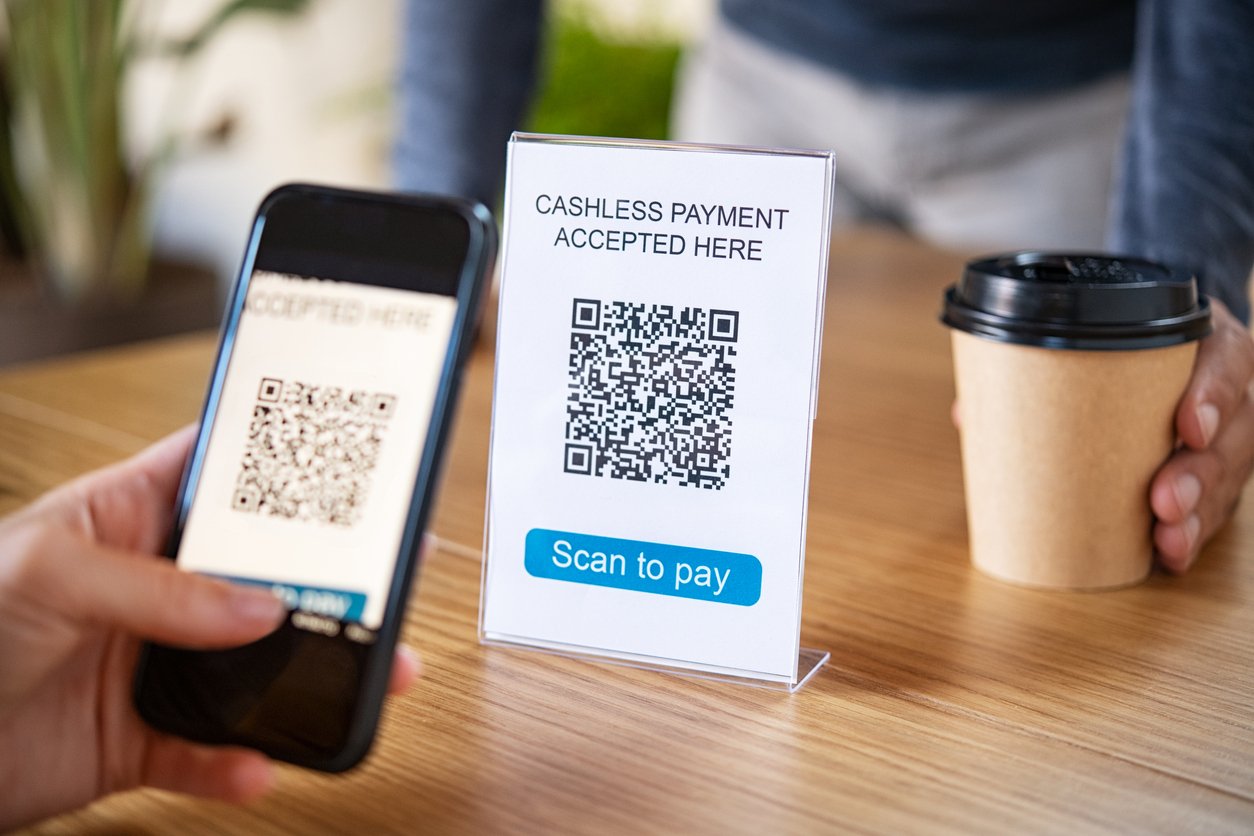What Is an API?
APIs, or application programming interfaces, are central to software communications. If lines of code are the building blocks of software, APIs are how different bits of code talk to each other. Like everything in software, they consist of specifications, protocols, and routines acting as messengers, even between different code languages.
APIs basically bundle all the code for established functions neatly out of sight so developers can focus on other things rather than wasting time coding the minutiae of well-established processes. You want a Create Alert button on your website? It’s simple, it exists, so there’s no need to code it from scratch. You know what the button will do—it’s like dinner at home. You don’t need to know how Mom and Dad cooked or specific ingredients; you just know it will be delicious, and you’ll clean your plate.
API Examples in Daily Life
Even if you’re not a developer, you’re likely familiar with website-building platforms in some form or another. Squarespace and HubSpot, for example, give you the option to write custom code if you so choose. But more often than not, you create a wireframe by moving different blocks around the page. A contact button here, a rich text box there, a carousel gallery above. These are APIs at work right in front of you: They provide a clear function, without all the underlying detail clouding your vision.
Outside of your budding wireframing skills, you have likely scanned a QR code at some point. There are many QR code APIs out there to make contactless menu browsing and payment a breeze.

APIs and OnSIP
Here at OnSIP, we mostly focus on web APIs. Consider them the building blocks of software communications, as we described in our WebRTC guide. Web APIs are one of several branches off the original API tree. Other evolutions include remote APIs, operating systems, and libraries & frameworks. We have SIP.js, for example, a JavaScript library for WebRTC and SIP phone APIs.
API Release Policies
There are three ways to release an API.
- Private: A company makes an API for internal use only.
- Partner: The API created in-house is licensed to company partners. In this case, the company that created the API controls who gets to use it and also makes money through third-party developers.
- Public: Anyone can use the API. This is common with big brands like Microsoft, Google Maps, and even Pokemon Go.

